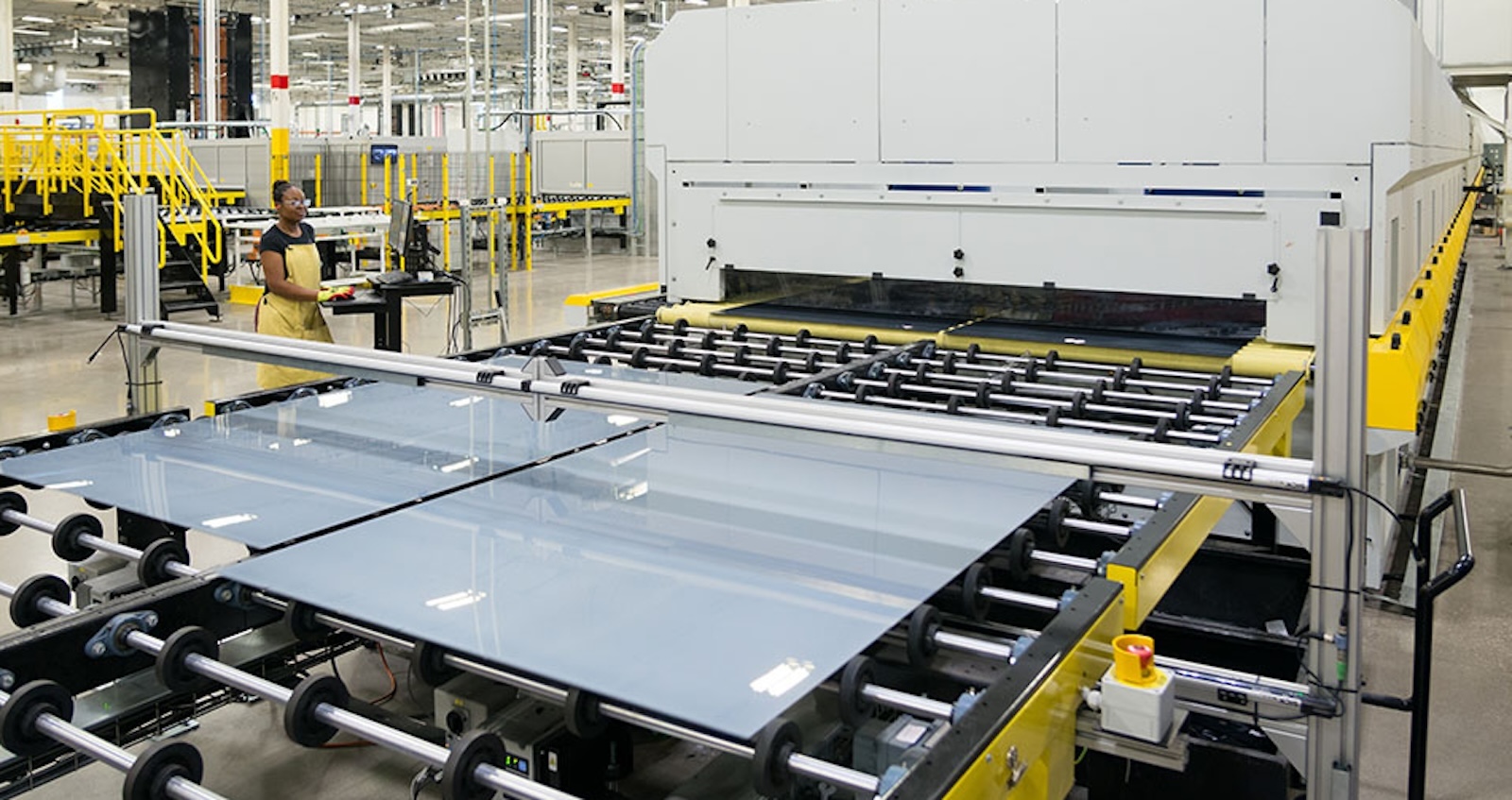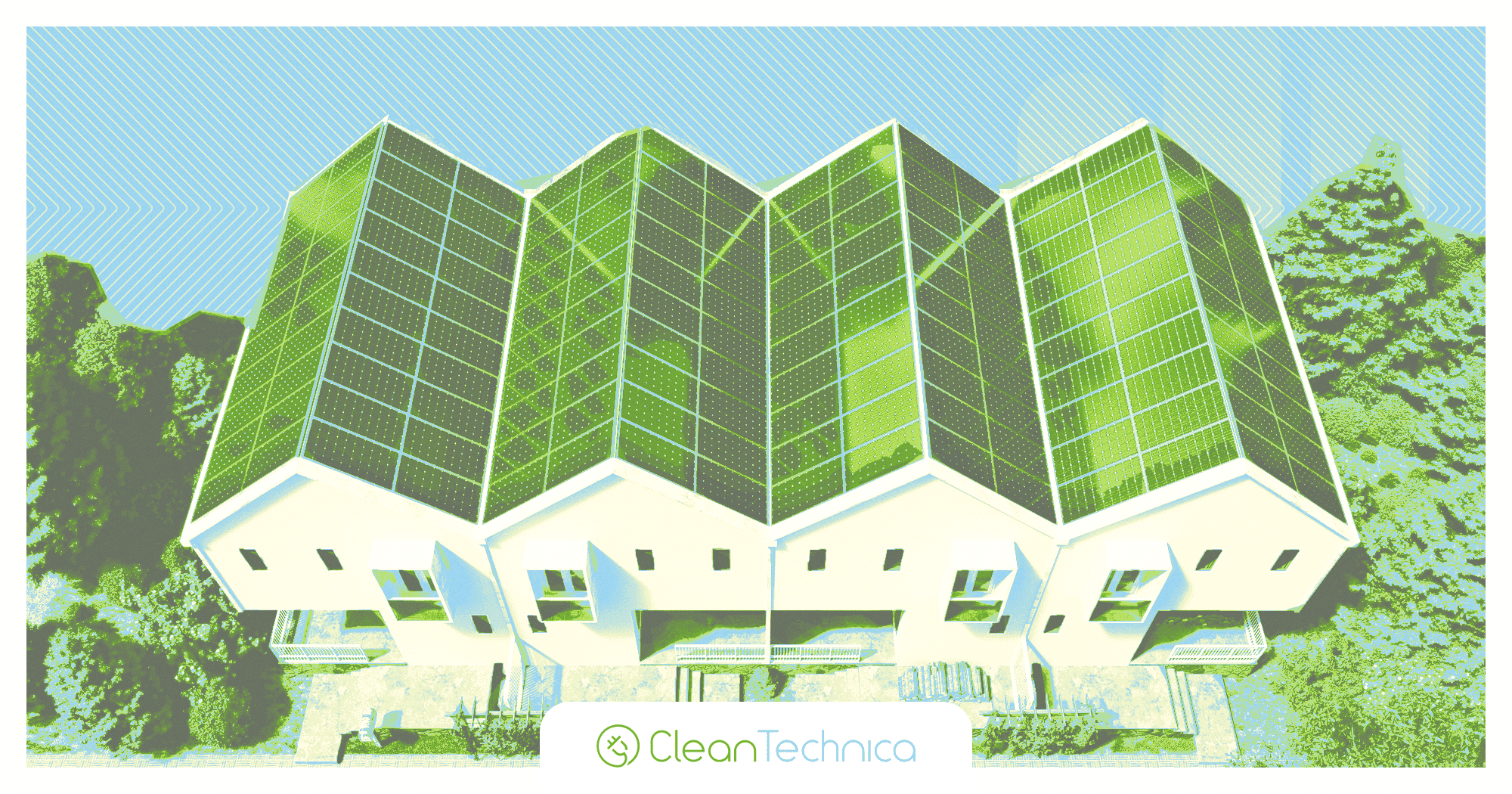Integrating low-temperature heat sources in industrial-scale heat pumps
The Fraunhofer ISE has designed a novel method for assessing the potential of low-temperature heat sources for large-scale heat pumps. The five-step process was tested on the German city of Fellbach, enabling the identification of heat sources with LCOH lower than €0.1/kWh.

The Fraunhofer ISE has designed a novel method for assessing the potential of low-temperature heat sources for large-scale heat pumps. The five-step process was tested on the German city of Fellbach, enabling the identification of heat sources with LCOH lower than €0.1/kWh.
Researchers from Germany's Fraunhofer Institute for Solar Energy Systems (Fraunhofer ISE) have proposed a novel method for assessing and comparing low-temperature heat sources for integration with industrial heat pump operations.
The proposed method is based on five steps: Identifying heat sources; evaluating their heat availability and potential; approximating the cost of heat source extraction and supply; comparing the potentials and costs; and finally yielding recommendations to municipal heat planners.
“All local municipal heat sources need to be assessed for their potential and availability,” the group said. “Individually assessing each heat source, including air (ambient and exhaust), water (rivers, lakes, oceans, wastewater), and soil (surface and deep geothermal) will contribute to more informed decision-making for municipal energy planners. In this regard, this paper suggests an indicator-based heat source evaluation method using open-source data.”
The first step uses open-source geographic information tools like Open-StreetMap. This information – which includes industrial sites, wastewater treatment facilities, water wells, and river and lake areas – is collected within a geoinformation system (GIS). However, the team highlights that heat sources like deep geothermal, data centers, mines, and industrial waste heat sites may not be identifiable without detailed research.
The second step includes considering all the different indicators for potential low-temperature heat sources. A total of 40 indicators are considered in technical, regulatory, economic, and environmental categories. Different calculations, based on those indicators, are used to assess the potential of the different air-based, water-based, ground-based, and solar-based heat sources.
The next step is the cost approximation one, which is based on technical potential assessment. “Each identified heat source is evaluated based on the expected investment and operating cost of thermal generation units. The required generation capacity is matched with heat demand close to the location in an area of two-by-two km2 to estimate the possible capacity sizes of heat exchangers, building measurements, heat pumps, control, and other necessary generation components and allocate their cost,” the academics explained.
The fourth step of the proposed method compares the results in four frameworks. The first is compression in absolute terms by heat exchanger and source, as yearly energy quantities for the specific analyzed area. The second is a relative comparison when only sources of the same geographical type are compared. The third framework compares the certainty of the heat sources based on a quantitative data quality assessment. The last proposed framework compares the heat sources by the levelized cost of heat (LCOH).
Image: Fraunhofer Institute for Solar Energy Systems (ISE), Applied Energy, CC BY 4.0

“The recommendation in step 5 is based on the previously introduced four steps of the methodology and concludes with a list of promising heat source candidates within the chosen boundaries of the study subject,” the researchers explained. “The recommendation process summarizes the results in a repeatable way for the deciding planners.”
To demonstrate the method, the scientist took a case study of the German city of Fellbach. Located in the country's southwest and home to about 45,000 residents, its combined heat demand for 2022 stood at 472 GWh, and its electricity demand amounted to 193 GWh. The city primarily relies on gas and oil boilers for heat supply.
In the first part of the method, the researchers have identified the river Neckar, four groundwater wells, various large industrial plants and supermarkets, and potential heat extraction areas in residential proximity as potential heat sources. Based on the technical and economic estimation of each possible source, the team was able to draw a compression.
“The case study-specific LCOH for five of the analyzed sources falls below 0.1€ (0.104$)/kWh, while the LCOH of the five soil-based heat sources exceeds 0.1€/kWh,” the results indicated. “The case study results show competitive thermal supply cost for five heat sources: Industrial waste heat, surface water river, solar thermal, wastewater and supermarket waste heat.”
Based on LCOH compression and the other framework, the team recommended further developing a proof of concept for extracting heat from the river water, solar thermal panels, and industrial waste heat. They also recommended considering the possibility of extracting heat from a near-surface geothermal close to a new housing estate.
The method was presented in “Evaluating low-temperature heat sources for large-scale heat pump integration: A method using open-source data and indicators,” published in Applied Energy.
What's Your Reaction?


























































